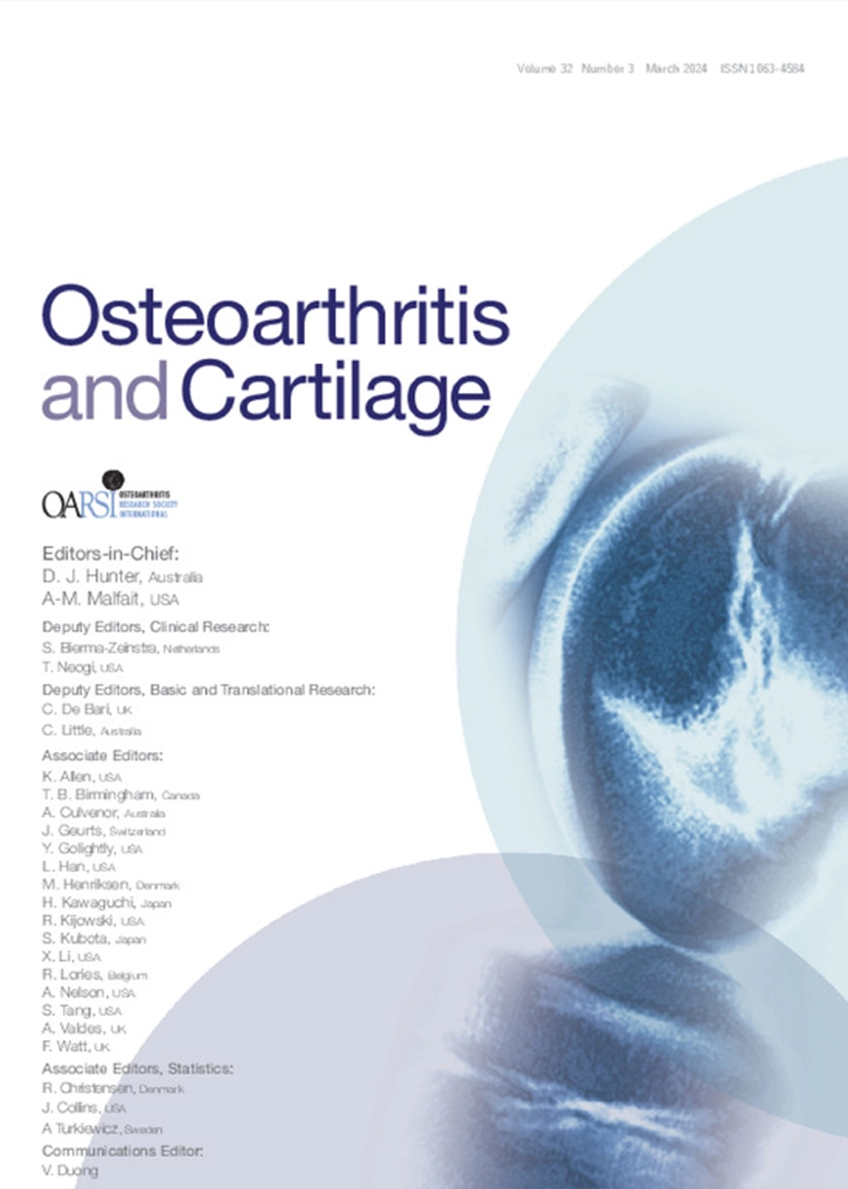Objective
This study looks at creating a scalable and feasible retrospective consecutive knee osteoarthritis (OA) radiographic database with limited human labor using the AI solution RBknee and 3 other AI tools.
Open access
This research is open access
This original research can be read in Osteoarthrisis and Cartilage in volume 32, issue 3, published March 2024.
Funding and conflicts of interests
This research was funded by an unrestricted Signature Project grant from the Danish Agency for Digital Government sponsored the study and the primary author’s salary. M.B. and A.T. are medical advisors for Radiobotics and have assets in the company. J.U.N. is a former member of Teal Medical’s advisory board. A.L., M.W.B., M.H.R., H.G., A.M., and H.R. have no conflict of interest. Radiobotics ApS contributed to customer support for their AI tool. The hospital department purchased the AI tool for clinical and research purposes.




